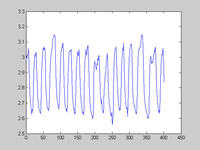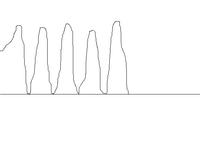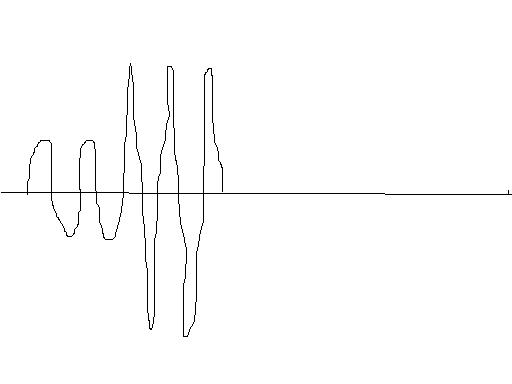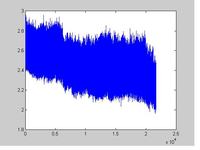Poison_83
Newbie level 6
Hello!
I need some help with signal processing using matlab, i've got some sampled signals (the image is a clip from one of these). I want to get the signals without the dc-offset drifting and I want my signal to lay steady on 0 V and measure the peak-value off the signal.
How should I do this the simpliest way?
The sampled signal:

A little drawing of how I want the signal:

Thanks!
I need some help with signal processing using matlab, i've got some sampled signals (the image is a clip from one of these). I want to get the signals without the dc-offset drifting and I want my signal to lay steady on 0 V and measure the peak-value off the signal.
How should I do this the simpliest way?
The sampled signal:

A little drawing of how I want the signal:

Thanks!

